Hi steemians, good night, how are you tonight
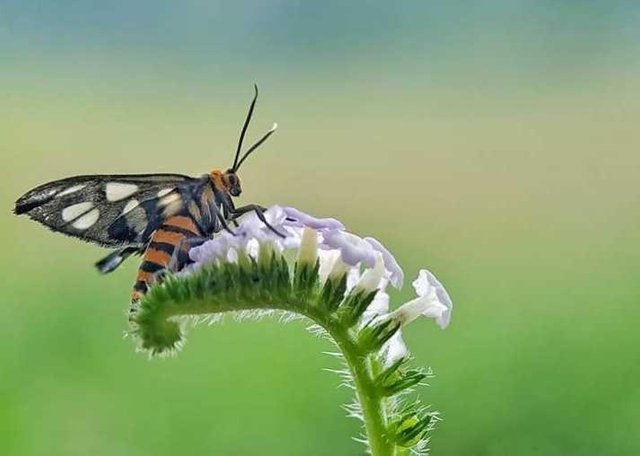
Generally it has different characteristics depending on the type of insect In general, insects have different characteristics
In simple terms, insects can be said to be animals that are very diverse in both types and shapes found throughout the world in the world except in the ocean. But in Science or etemology is a major group of segmented animals or "Arthropods" with six limbs (three pairs), which is why they are called Hexapoda adopted from Greek, which means "six-legged".
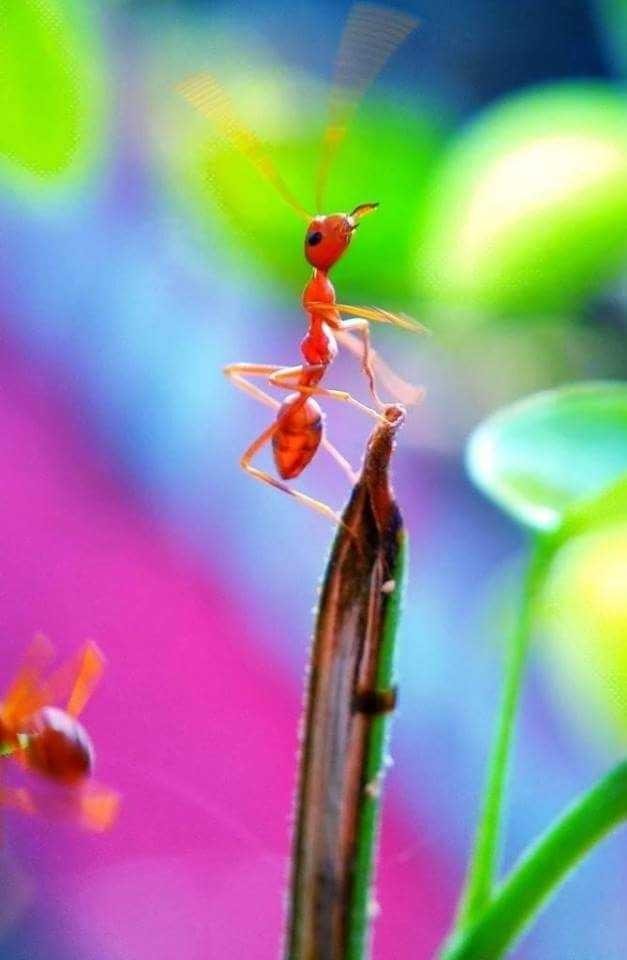
Insects are found in almost all environments except in the sea because insects cannot live in a sea of brush. In the course of education about life forms of insects is called "entomology".
More than 800,000 species of mangoes have been discovered by researchers and they conclude, nearly 5,000 species of dragonflies (Odonata), 20,000 species of grasshoppers (Orthoptera), 170,000 species of butterflies and moths (Lepidoptera), 120,000 countries of flies and their relatives (Diptera), 82,000 species of ladybugs (Hemiptera), 360,000 species of beetles (Coleoptera), and 110,000 species of ants and bees (Hymenoptera). This data was obtained from (Anonim: 2009) which was clarified by a team of experts who were members of entomology.
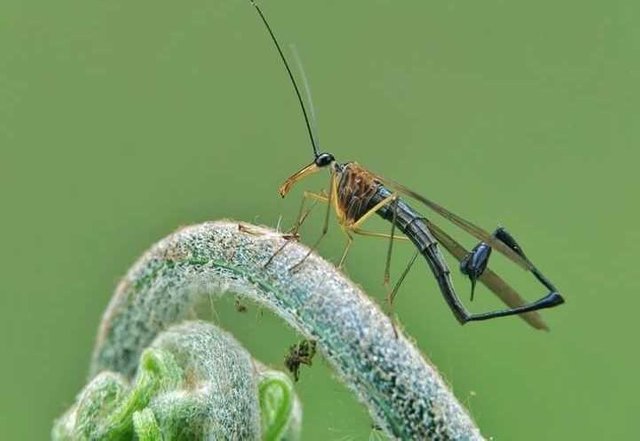
In morphology, insects have several parts of the body, each of which has its own function. So that it can be differentiated into 6, namely the head, chest and abdomen.
1. Head Section
The front of the insect there is a pair of eye facets or "compound", single eye (ocellus) and one pair of antennas as a feeler that is often used as a detector
Then the mouth of the insect is used to chew, bite, lick and suck something when it is consuming something. While objects that resemble feet change shape according to their functions.
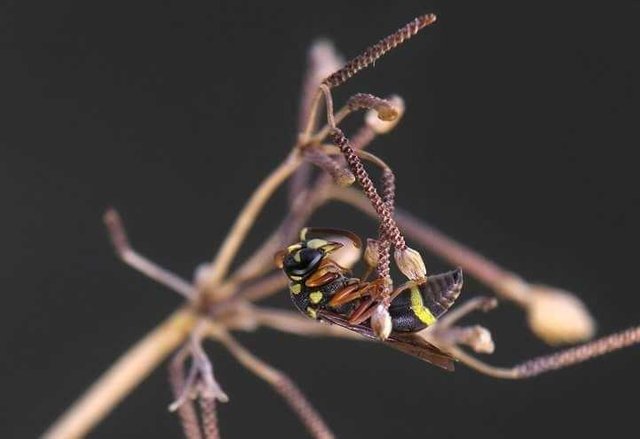
2. Insect Chest
In the chest or "thorax" insects consist of three segments, namely prothorax, mesothorax and metathorax. In the segment there is a decoration of the foot attached to the breast of an insect.
In each machine and metatorax there are two pairs of wings, but there are also those that do not have wings depending on the type of insect itself.
3. Stomach or digestion
In this section say sebahai The digestive device consists of the mouth, esophagus, cache, stomach, intestine, rectum and anus, in this case all types of insects almost resemble.
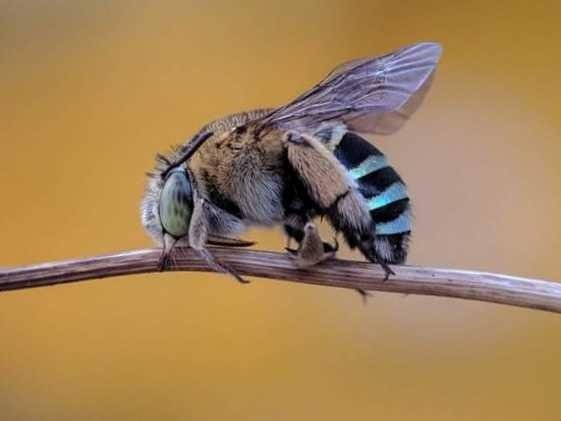
4. Respiratory and Nervous
In the life of the insects, the respiratory system with the trachea system is owned by insects
The nervous system straps the rope.
At that time there is a form (metamorphosis) of the egg to become an adult insect. Then the place to live in fresh air and broad land, which is supported by an open circulatory system that flows in his body.
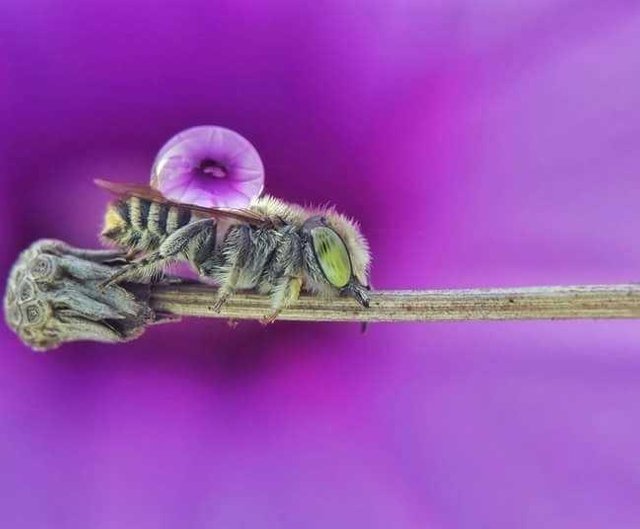
5. Insect Genitals
While the genitals of insects look separate both jantang and female, while fertilization is also often called internal fertilization.
6. Insect stomach
Insects have an abdominal stomach that has eleven segments or just a few segments. Whereas in female grasshoppers, the abdomen contains an ovipositor which functions to store the eggs. In the first part there is a hearing device or Tympanum membrane or one of the terms that is often said by experts







Insects are found in almost all environments except in the sea because insects cannot live in a sea of brush. In the course of education about life forms of insects is called "entomology".
More than 800,000 species of mangoes have been discovered by researchers and they conclude, nearly 5,000 species of dragonflies (Odonata), 20,000 species of grasshoppers (Orthoptera), 170,000 species of butterflies and moths (Lepidoptera), 120,000 countries of flies and their relatives (Diptera), 82,000 species of ladybugs (Hemiptera), 360,000 species of beetles (Coleoptera), and 110,000 species of ants and bees (Hymenoptera). This data was obtained from (Anonim: 2009) which was clarified by a team of experts who were members of entomology.

In morphology, insects have several parts of the body, each of which has its own function. So that it can be differentiated into 6, namely the head, chest and abdomen.
The front of the insect there is a pair of eye facets or "compound", single eye (ocellus) and one pair of antennas as a feeler that is often used as a detector
Then the mouth of the insect is used to chew, bite, lick and suck something when it is consuming something. While objects that resemble feet change shape according to their functions.

In the chest or "thorax" insects consist of three segments, namely prothorax, mesothorax and metathorax. In the segment there is a decoration of the foot attached to the breast of an insect.
In each machine and metatorax there are two pairs of wings, but there are also those that do not have wings depending on the type of insect itself.
In this section say sebahai The digestive device consists of the mouth, esophagus, cache, stomach, intestine, rectum and anus, in this case all types of insects almost resemble.

In the life of the insects, the respiratory system with the trachea system is owned by insects
The nervous system straps the rope.
At that time there is a form (metamorphosis) of the egg to become an adult insect. Then the place to live in fresh air and broad land, which is supported by an open circulatory system that flows in his body.

While the genitals of insects look separate both jantang and female, while fertilization is also often called internal fertilization.
Insects have an abdominal stomach that has eleven segments or just a few segments. Whereas in female grasshoppers, the abdomen contains an ovipositor which functions to store the eggs. In the first part there is a hearing device or Tympanum membrane or one of the terms that is often said by experts




